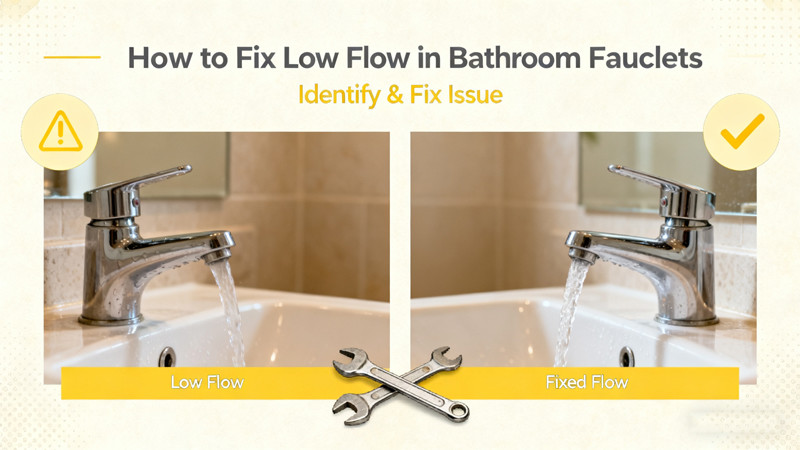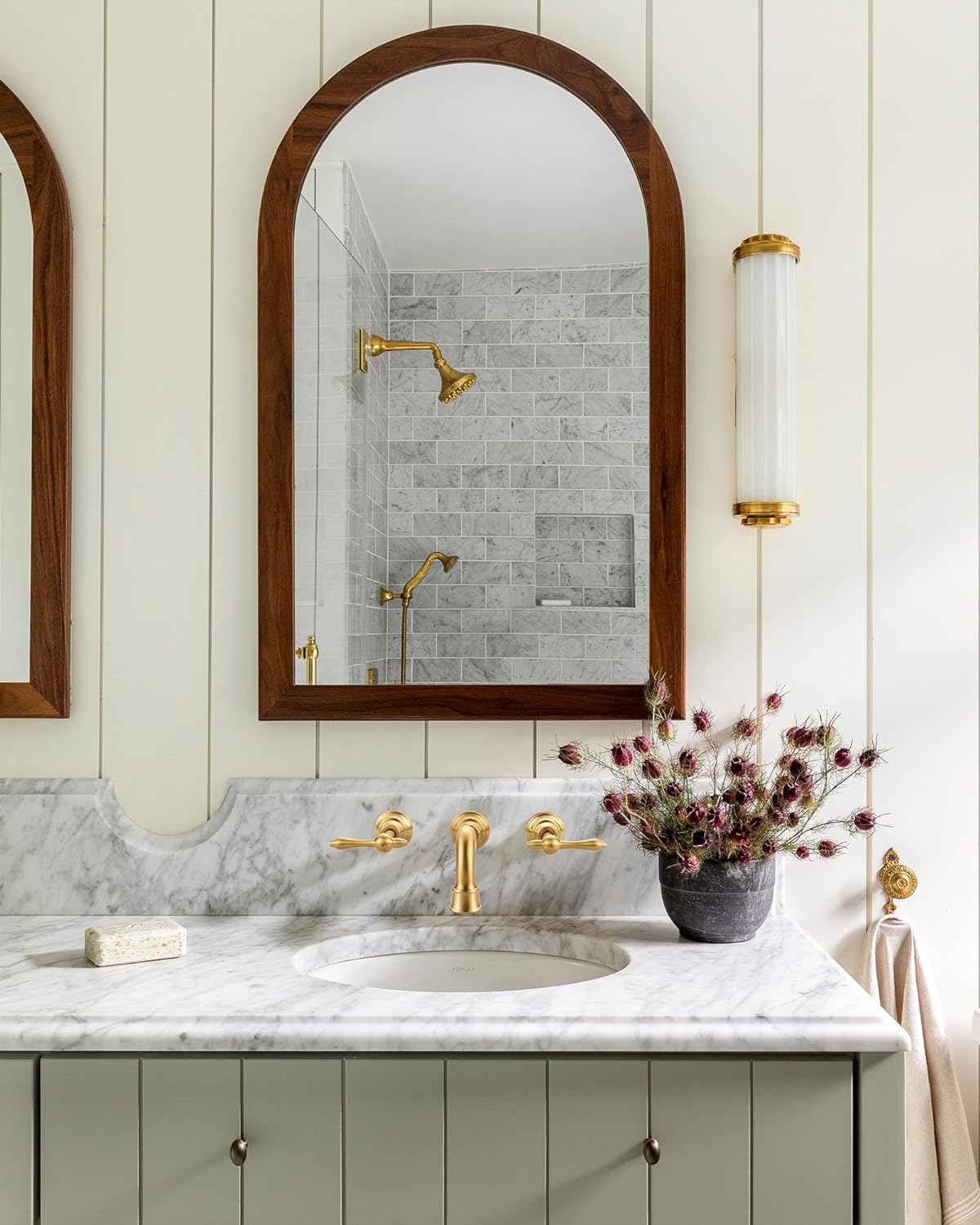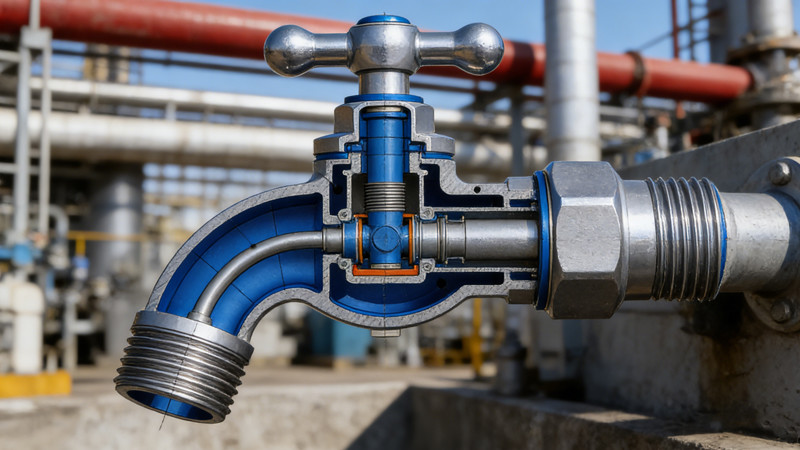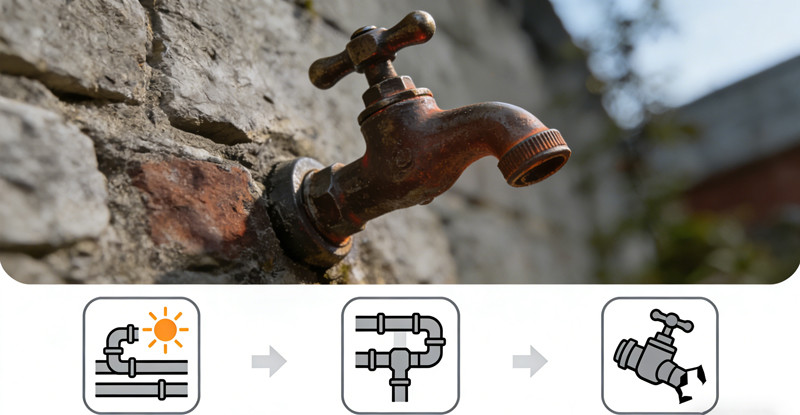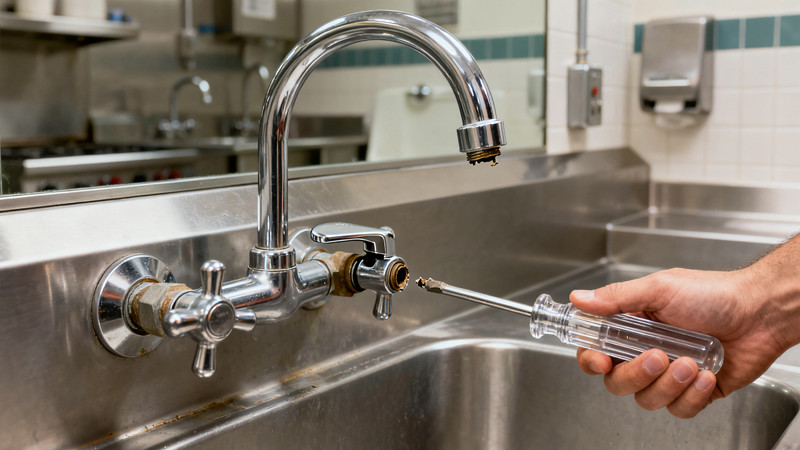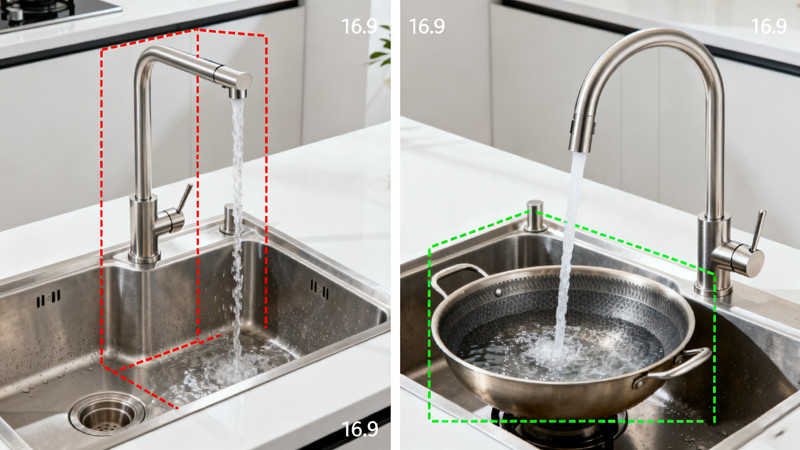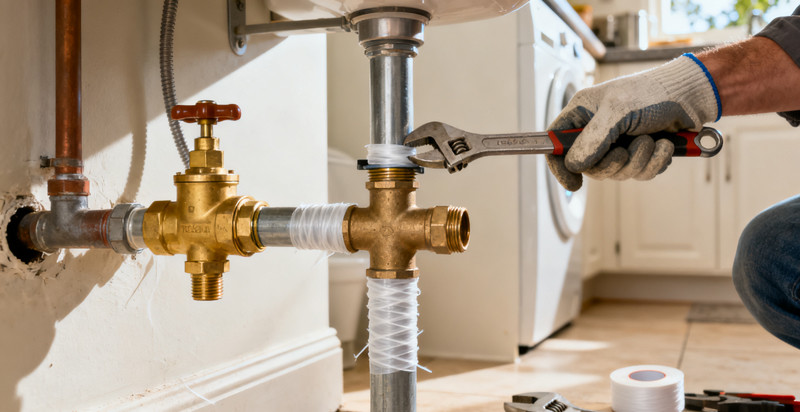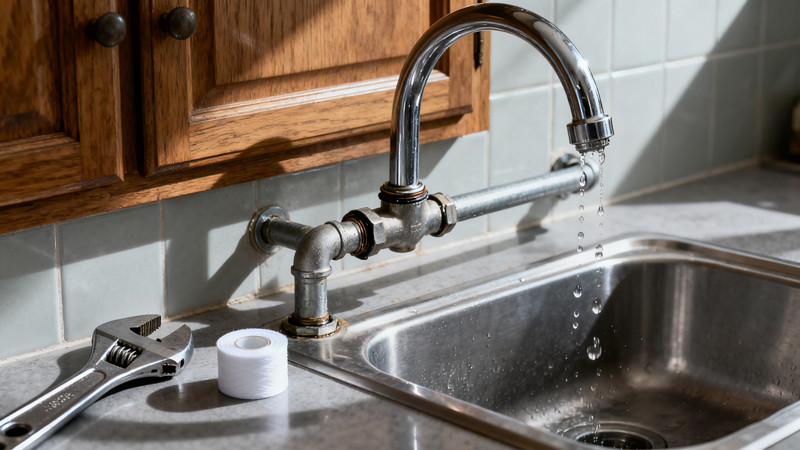High-flow faucets are designed to deliver powerful water output for faster rinsing, cleaning, and filling. While that extra flow can make kitchen and bathroom tasks more efficient, it often comes with one annoying side effect — splashing. If you’ve ever turned on your faucet only to be greeted by water spraying across your countertop or onto your clothes, you know how frustrating this can be. Fortunately, reducing splash from high-flow faucets is not only possible but also simple once you understand the causes and the right adjustments to make.
Why High-Flow Faucets Splash More
To fix the problem, it helps to understand why splashing happens in the first place. Splashing occurs when fast-moving water hits a surface — like the sink basin, your hands, or dishes — and bounces outward. The higher the water velocity, the greater the splash. High-flow faucets release more water per minute, so when that strong stream hits a flat or shallow surface, the impact causes water to scatter in multiple directions. Sink design, faucet height, and water pressure all play a role in how severe the splash is.
In short, the more forceful your water flow and the shallower your sink, the more likely you’ll deal with splashing. Luckily, you can address the issue with some simple adjustments and accessories.
1. Adjust the Water Pressure
One of the easiest ways to reduce splashing is to lower your water pressure. Many homeowners mistakenly believe that higher pressure equals better performance, but excessive pressure often leads to wasted water and messy splatter. You can start by partially closing the shutoff valves under your sink. Turn the valves clockwise slightly to reduce the flow rate, then test the faucet until you find a comfortable balance between power and control.
If the issue persists throughout your home, consider checking your main water pressure regulator. The ideal household water pressure is between 40 and 60 psi. Anything higher can not only cause splashing but also strain your plumbing system over time. Lowering it to an appropriate level will save water, reduce noise, and extend your faucet’s lifespan.
2. Install a Faucet Aerator
An aerator is a small attachment that screws onto the faucet spout. It mixes air with water, creating a smooth and gentle flow that minimizes splashing without reducing effectiveness. Most modern faucets already come with aerators, but high-flow models often use ones designed for maximum output. Replacing the existing aerator with a low-flow or splash-reducing version can make a dramatic difference.
Aerators are inexpensive, easy to install, and available in various flow rates — typically ranging from 0.5 to 2.2 gallons per minute. Choose one that suits your needs. For bathroom sinks, a 1.0–1.5 GPM aerator works well, while kitchen faucets can benefit from 1.5–1.8 GPM versions. Some aerators even feature spray patterns designed specifically to prevent splashback, making them ideal for high-pressure faucets.
3. Choose the Right Sink Depth and Shape
Sometimes, the problem isn’t the faucet — it’s the sink. A shallow or flat-bottomed sink provides less distance for the water stream to slow down, increasing the chance of splash. When high-flow faucets are paired with shallow sinks, especially in modern minimalist designs, splashing becomes inevitable. If you’re planning a renovation or replacing your sink, consider opting for a deeper basin with sloped sides. This allows the water to hit the surface more gently and prevents it from bouncing outward.
A depth of at least 8 to 10 inches is recommended for kitchen sinks used with high-flow faucets. For bathroom sinks, make sure the bowl is wide and deep enough to contain the stream, even at full pressure. The sink’s material also matters — stainless steel or porcelain with a curved bottom tends to reduce splash compared to hard, flat surfaces.
4. Adjust Faucet Height and Angle
The distance between your faucet spout and the sink drain greatly affects splash behavior. The higher the faucet, the more momentum the water gains before hitting the sink. High-arc or gooseneck faucets are beautiful and functional but can cause more splashing, especially when paired with shallow sinks. If you’re constantly dealing with water spray, try repositioning your faucet or switching to a lower spout model.
For existing faucets, you can experiment with the angle of flow. Some faucet heads allow you to rotate or tilt the spout slightly so the water stream hits a slope rather than a flat surface. This simple adjustment can significantly reduce splashback without altering your setup.
5. Use a Splash Guard or Mat
Another practical solution is to use a splash guard — a silicone or rubber mat placed around the faucet base or sink area. These guards catch stray water droplets and prevent them from spreading across your countertop. In kitchens, you can also use a small drying mat under dishes or utensils when washing to absorb excess spray. Though this doesn’t eliminate splash at the source, it helps contain the mess and keep your work area clean.
6. Upgrade to a Faucet with Adjustable Flow Modes
If your faucet has only one strong water setting, consider upgrading to a model with adjustable flow modes. Many modern faucets feature switchable settings like ‘stream’, ‘spray’, and ‘aerated flow’. The aerated or soft-flow mode is ideal for reducing splash while still maintaining cleaning efficiency. Some even include touchless or sensor controls that automatically moderate flow based on your hand’s distance from the spout.
When choosing a replacement faucet, look for one rated as water-efficient — labeled with WaterSense or similar certifications. These faucets are designed to minimize waste and improve flow control without sacrificing performance.
7. Keep the Faucet and Aerator Clean
Mineral buildup in your faucet or aerator can disrupt water flow and cause uneven streams, leading to unexpected splashing. Regular maintenance can prevent this. Once every few months, unscrew the aerator and soak it in a vinegar solution to remove calcium deposits. Clean the spout and surrounding area with a non-abrasive cloth to keep water flowing smoothly. A clean faucet not only looks better but also performs better — with a more even, consistent stream that’s less likely to splash.
8. Practice Good Sink Habits
Finally, how you use your faucet can make a difference. Avoid turning the handle to full power every time you need a quick rinse. Open it halfway for smaller tasks like washing hands or brushing teeth. When rinsing dishes or washing your face, position items under the stream’s center rather than near the edges. These small habits can greatly reduce splashing over time.
Conclusion
High-flow faucets offer impressive power and convenience, but they can also create unwanted splash if not properly balanced. By understanding the causes and applying the right solutions — from installing an aerator to adjusting faucet height or water pressure — you can enjoy the benefits of strong flow without the mess. In many cases, a few simple tweaks and maintenance steps are all it takes to achieve a cleaner, quieter, and more efficient faucet experience. With the right setup, you’ll get the best of both worlds: power and precision, without a drop out of place.
 WOWOW Faucets
WOWOW Faucets